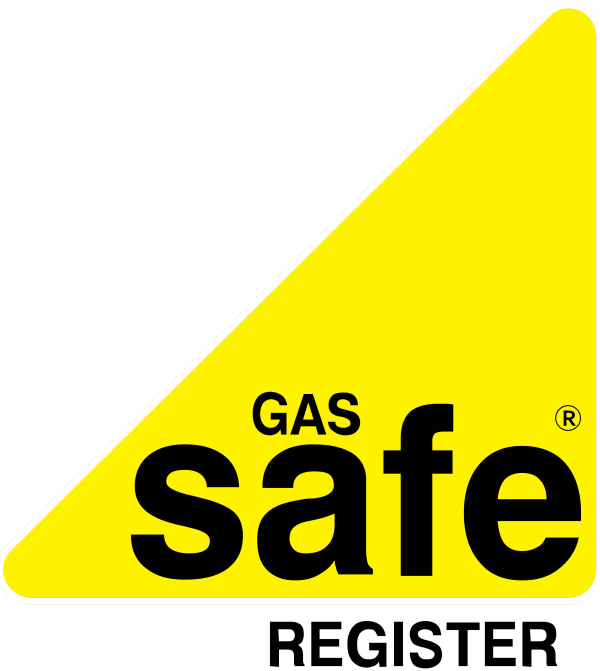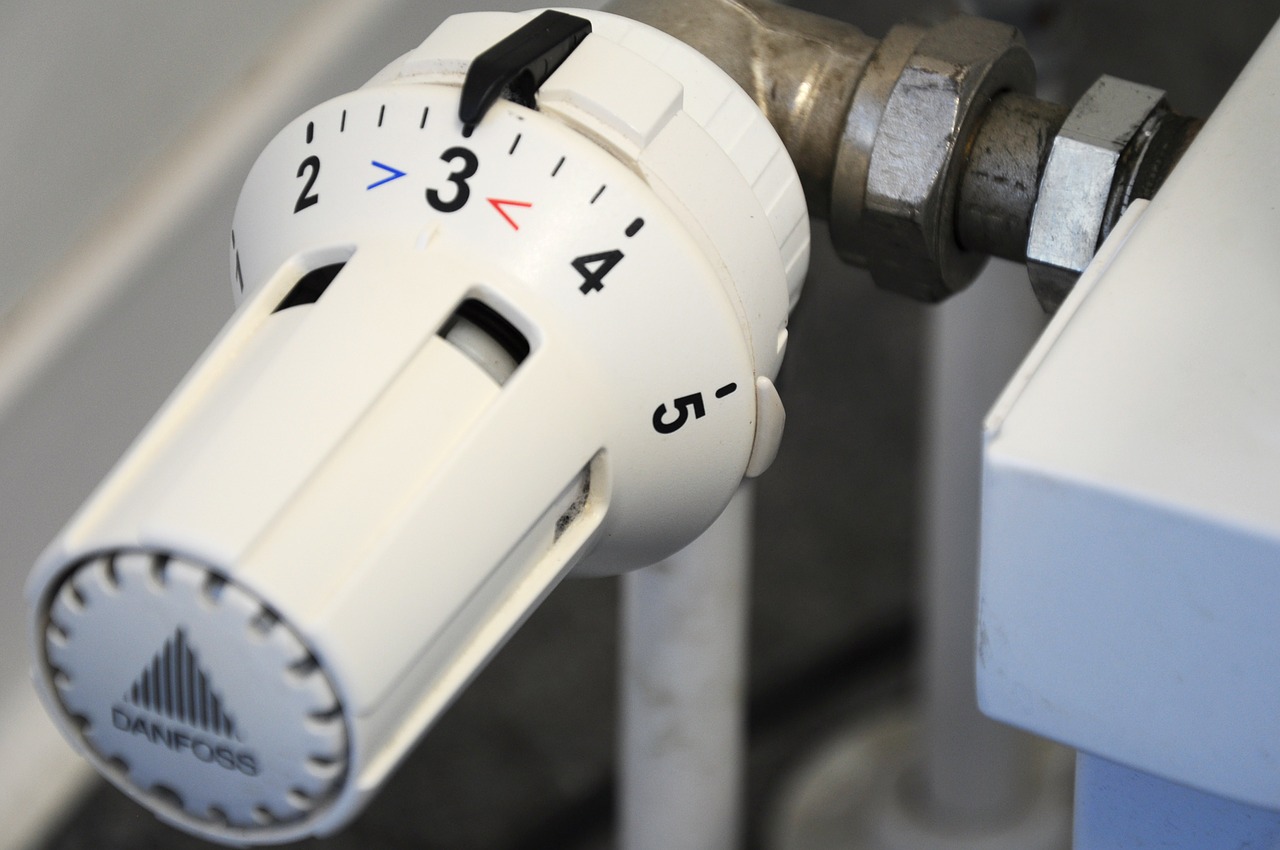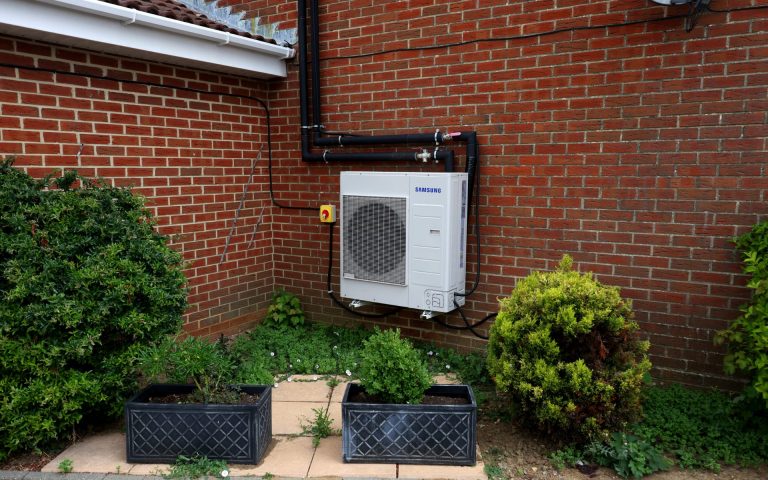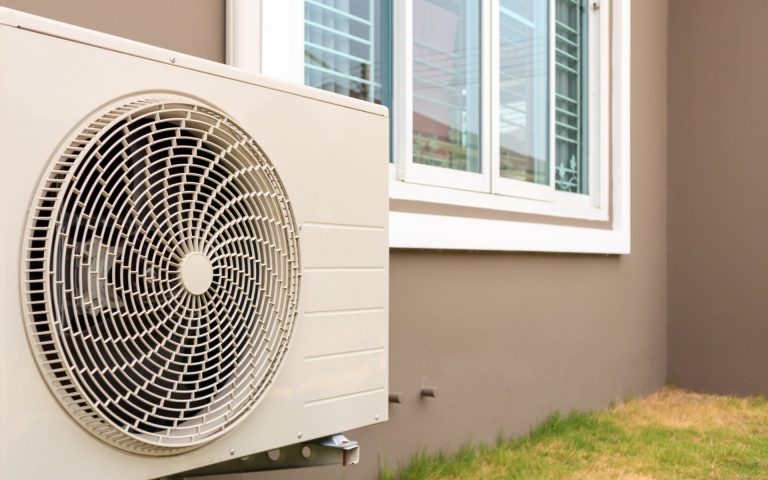Installing new central heating, a new boiler or even just new radiators is a great way to improve the efficiency of your heating and the comfort and distribution around your premises of heat but a lot of the performance of the radiators is based around the radiator valves you select. Not something the standard person would consider! No problem, we are here to help.
Valves are not included when you purchase a radiator as they are so bespoke to the requirements of the individual, there are many aspects that must be considered. See below for some necessary clarification, if this does not provide sufficient information – you can get in touch with us instantly using our “live chat” service (bottom right of the screen) or by telephone on 02392 252171 or, please send us your queries via our contact page and we will get back to you as soon as possible. Aura Heating is proud to be the South of England’s leading, local boiler expert and we are happy to help.

So first off, what exactly is a radiator valve?
Each radiator must have a pair of valves. The valves work like a tap – turn it on a little bit and subsequently, a little bit of heat will be released, turn it on a lot and you will get a lot of heat! One of the valves controls the amount of hot water entering the radiator and the other (known as the lockshield valve) balances the system by controlling how much heat the radiator emits.
What is a lockshield valve?
A lockshield valve is usually, as per the name’s sake – locked. This is because a heating engineer will have set this up for you and catered it to what they deem necessary for the premises. The lockshield valve controls the water flow between the pipework and the radiator itself, a heating engineer would have set it up so just the right amount of distribution flows throughout the property – this is known as “balancing”. Without this balance control in place, the radiators closest to the wherever the boiler is situated is likely to heat up the most, and vice versa for those further away! Thus, making your heating more efficient.
What is a thermostatic radiator valve?
These valves measure the temperature in the room and adapt the heat output of the radiator accordingly. You set the valve to the temperature you want the room to be – and it does all the work for you! When the room temperature reaches the desired level, the valve closes to stop the flow of water and prevent the radiator from getting any hotter, this can be different in every room if you prefer! This makes it a super-efficient, effortless and very modern valve!
What is a manual radiator valve?
This is the most commonly found radiator valve, you turn it on to allow the water to flow into the radiator when it has reached the desired temperature, you turn it back on again. You can turn them up, down or off depending on your requirements. They are the simplest and probably cheapest to install in the first instance but they can lead to your bills increasing very slowly if you ever forget to turn them back off again, a common mistake.
What style of valve would you like and what might be necessary?
Contemporary, modern and technical, simplistic and sleek, traditional the aesthetic is totally up to you. The other style option to consider is whether you go for straight, corner, H block or angled. The valves obviously need to be compatible with the position of the inlets they are controlling and the space available in the room too! The most common thing to find are Bottom Opposite End connections – put simply, the water goes into, and comes out of, the radiator at the bottom and at either end, resulting in the necessity for angled valves. Finding the inlets on your radiator and pipes should be straightforward but if you’re not sure it’s best to ask a professional for advice, this is where Aura Heating is more than happy to provide some assistance!
What size valve do I need?
The size required refers to the size of the pipework it will be going on (the width of the pipe and connections usually) rather than the image aspect, this will be dependent on the style you select. In the UK 15 mm pipes are the standard you would probably encounter but they can vary! If you do have smaller or bigger pipework than the average, 15mm and are struggling to find the valves you want in the right size you can buy adapters to solve the problem.
As you can see, a lot of which radiator valve you select is not optional, rather it is dictated by the radiators and pipework but some of it can be down to personal taste. Either way, its important in every aspect to get the right one! If you need any assistance with these choices, some help with installations or just have a query – Aura Heating serves villages, towns, and cities across the south coast and into the home counties and have been keeping our customers happy (and warm) since 2005. Let our reviews speak for themselves!
[div class=”book_appointment_button”]
[end-div]






